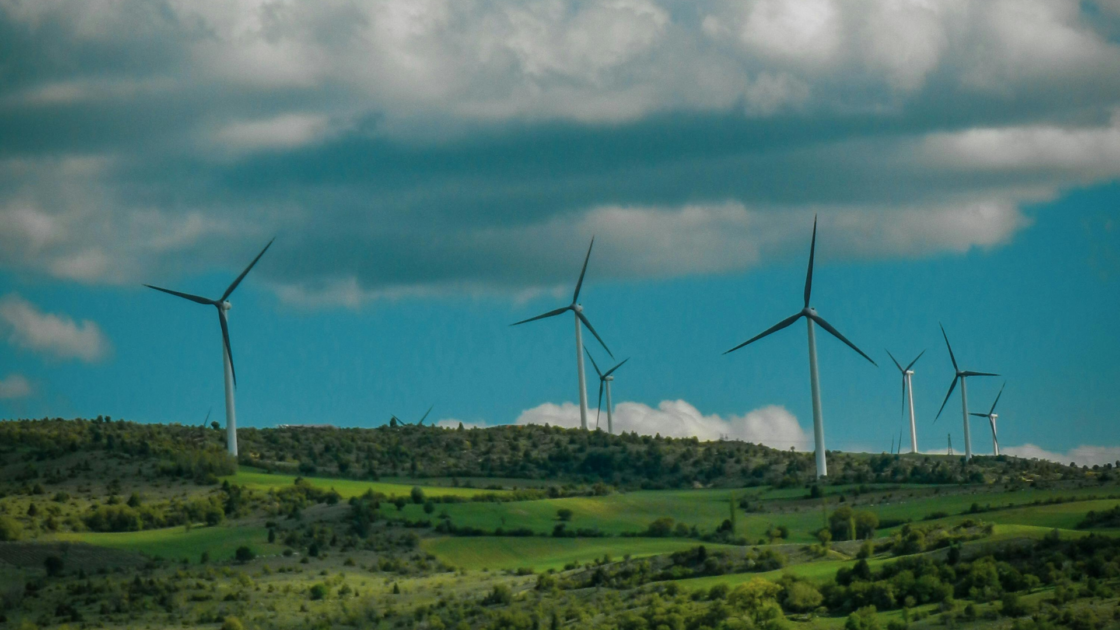India’s Path to Net Zero: Strategy for Decarbonizing the Energy Sector

India’s energy sector contributes significantly to its greenhouse gas emissions. In 2023, energy-related emissions accounted for about 75% of the country’s total carbon footprint. The electricity sector alone was responsible for over 40% of the total emissions, primarily due to coal-based power generation. This highlights the urgent need for a green transition in electricity production.
India is already making strides, with solar and wind capacities growing, but a lot more is required to address these emissions. The country’s National Solar Mission aims for a solar capacity of 280 GW by 2030, a significant increase from the current installed capacity of 66 GW. Furthermore, India’s renewable energy potential, particularly wind, could add another 140 GW to its grid.
Sectoral Transitions: Transport and Residential Cooking
Transport is another major contributor to emissions. Studies indicate that by 2030, electric vehicles (EVs) could account for 30% of new vehicle sales in India, up from just 5% today. This transition is expected to reduce emissions by 12-15% from the transport sector. However, the shift will require substantial investment in EV infrastructure, including charging stations and energy storage.
In the residential sector, cooking remains a significant source of carbon emissions due to the widespread use of biomass and liquefied petroleum gas (LPG). Promoting electric cooking solutions could further decrease emissions. A nationwide shift to electric stoves could potentially lower cooking-related emissions by 20-25% by 2030.
Hard-to-Abate Sectors: Industry and Hydrogen
Certain sectors, such as heavy industry, are much harder to decarbonize due to their reliance on high-temperature heat and carbon-intensive processes. India would need to produce around 30 million tonnes of green hydrogen annually by 2040 to meet its industrial energy needs.
Additionally, carbon capture, utilization, and storage (CCUS) technology will be necessary to mitigate emissions from these hard-to-abate sectors. Accelerating research and development (R&D) in CCUS could make the technology more viable at scale.
The Role of Carbon-Free Electricity
Currently, 50% of India’s power generation comes from coal, making it the largest emitter of carbon dioxide in the country. To meet the net-zero goal, India should phase out coal plants and replace them with renewable energy sources.
India’s Renewable Energy Capacity Initiative, under the Ministry of Power, outlines a pathway to install 500 GW of non-fossil fuel-based energy capacity by 2030. Achieving this goal would reduce carbon emissions by 45% compared to 2005 levels, as committed under the Paris Agreement.
Financial and Policy Challenges
Transitioning to a net-zero economy will require massive financial investments. India will need around USD 15 trillion by 2050 for clean energy infrastructure, technology advancements, and grid modernization. Moreover, supportive policy frameworks are crucial to drive this change.
Conclusion
India’s path to net zero is fraught with challenges but also presents significant opportunities for economic and technological advancements. By focusing on decarbonizing its energy, transport, and industrial sectors, while investing in R&D for green technologies, India can lead the global fight against climate change. Achieving net zero by 2070 will not only protect the environment but also foster sustainable development and energy security for future generations.
The insights in this article are based on India’s Journey to Net Zero: A Conceptual Framework for Analysis published by the Energy and Resources Institute (TERI).
